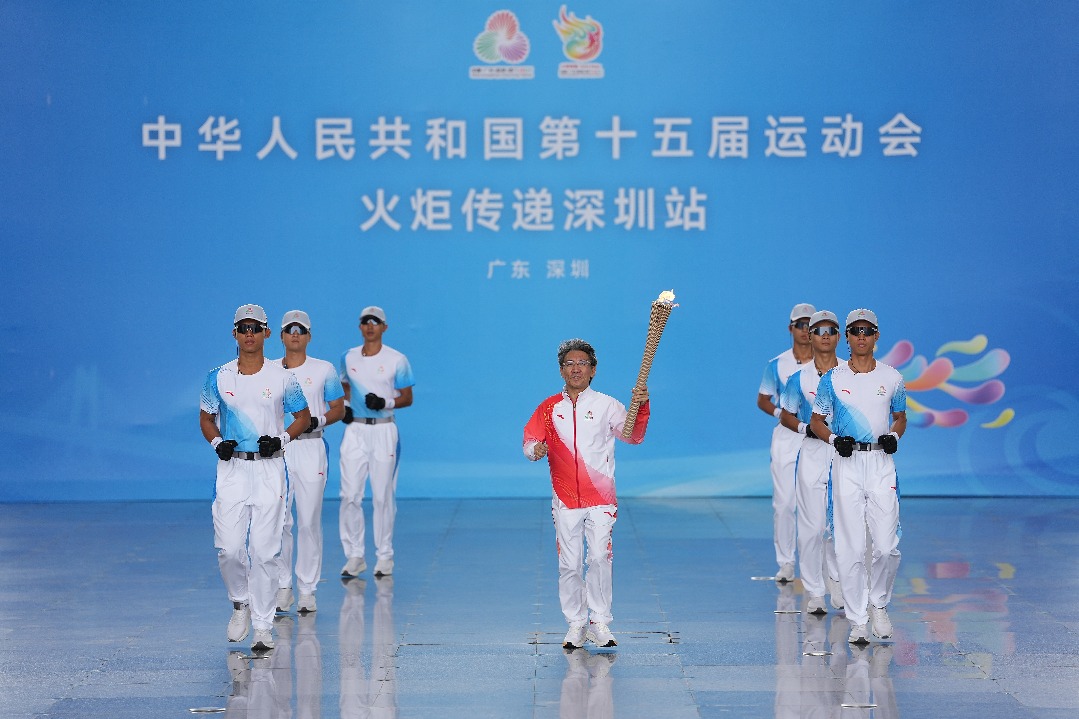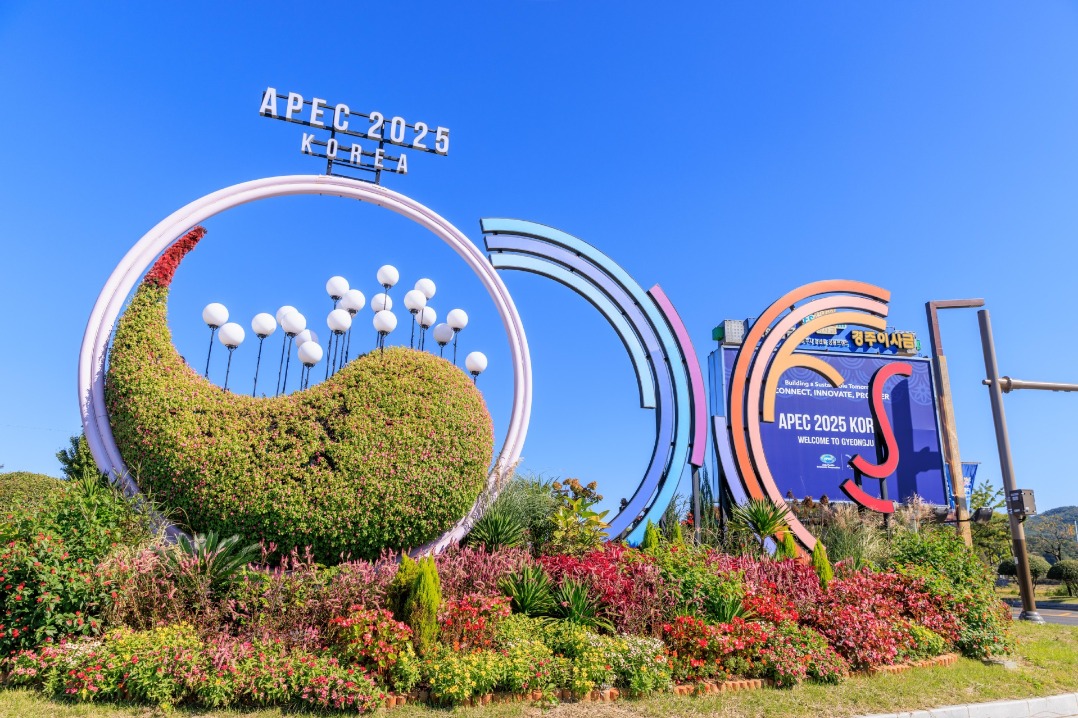Italy can facilitate closer China, Europe ties on BRI


The Belt and Road Initiative (BRI) is the most relevant economic, financial, trade, and infrastructural strategic plan China has implemented in order to revitalise its economic growth, promote new supranational financial institutions, increase Eurasian connectivity, facilitate free flow of goods, capital, knowledge and people, and reinforce its geopolitical role in the involved regions. Adopting a general oversimplification, it can be considered, mutatis mutandis, as a sort of China-driven Marshall Plan addressed to Central and South-Eastern Asian countries, mainly focused on reinforcing domestic and international connectivity, improving processes of rapid industrialisation, and establishing efficient commercial platforms.
Business transactions between China and the countries of the "Belt" (Asian and Eastern Europe countries) and the "Road" (South-eastern Asia countries, the Middle East, and Eastern Africa countries) are constantly increasing, producing a general enlargement of interconnectivity projects, financial investments, and bilateral trade agreements. The initiative is inevitably connected by causality with the reform and opening-up policy (celebrating its 40th anniversary this year) which started China's rapid economic development, transforming its economy from domestic-centred to export-oriented.
The constitution of the Asian Infrastructure Investment Bank (AIIB), as a fundamental step in the development of the BRI, is certainly part of a wider strategy China has put into action to promote its active role in the new global governance. The AIIB represents the BRI's main financial engine and financing network and its establishment gained the enthusiastic support of many European Countries. In 2015, the governments of several European countries officially announced to join the AIIB as funding members. This decision marked an unusual diplomatic approach for many of the involved European countries and, in particular, for Italy, which in the last 70 years has traditionally been US-oriented, Atlanticism-based, and strongly Europeanist.
Under an internal affairs perspective, Italy's participation in the AIIB underlined a new political attitude characterised by a much more distant relationship with the US government (against the US official request not to take part in the institution) and, in general, by a wider anti-Europeanism. It should not be surprising that both anti-Atlanticism and anti-Europeanism are the main ideologies promoted by the two major political parties (the Five Star Movement and the Northern League) the current government, a atypical administration indeed, is made up of.
In the near future, the relationships between China and the European countries involved in the BRI will be principally based on economic and trade cooperation. China is paying attention to countries such as Italy, Greece, and Portugal, which need infrastructural and financial investments and are quite weak in the EU, both economically and politically. Among all the other European countries, there is a race to become the Chinese best partner in the EU, considering also the damages in the import/export produced by the protectionist policies currently implemented by the Trump administration.
Under this perspective, Italy can effectively cover this role since it can facilitate Sino-European relationships as well as provide great benefits for the Initiative in terms of logistic connection between Asia and Europe through its strategic infrastructures in the Mediterranean Sea which link Southern Europe to Central and Northern Europe. The recent official visit to Beijing of a delegation led by the Italian Minister of Finance, Giovanni Tria, was aimed to strengthen the special partnership between the Chinese and the Italian governments and to promote Chinese investments addressed to key Italian companies and to Italian Government Bonds, especially when there is the almost absolute certainty that the ECB is going to stop the Quantitative Easing policy soon. The Chinese Central Bank (PBOC) owns significant shares in the largest Italian banks, while Bank of China holds stake in Telecom and Prysmian Group (Italian companies in the telecommunication industry).
Moreover, the Silk Road Fund already owns 5 percent of shares of Autostrade per l'Italia Spa (the company in charge of the Italian highways network's management) and many other Chinese companies invested in the equities of strategic Italian companies, confirming a deep integration between the Chinese and Italian companies.
Generally speaking, structural challenges in the BRI are arising with specific regard to the geopolitical reactions of China's neighboring countries to the new global governance the Initiative is shaping and the delicate matters of its financial sustainability in the long run, in terms of solvency and liquidity of the loans provided to the participating countries. How the BRI will develop in the future is a hot issue, at the centre of analyses and studies carried on by both Chinese and foreign scholars and analysts. The commonly shared perspective is that China is steadily arising under a global governance perspective.
The Chinese government is promoting a win-win strategy for all the parties which join the BRI. Potential competitors, such as the US, India, Japan, and Russia have been invited to become part of BRI. International cooperation under China's leadership can eventually support the BRI countries to develop their economic and trade systems, to reinforce their competitive advantages and, ideally, to fulfill their dreams.
Natan Colombo is a professor of economics, finance, and law at Hainan-Austria Tourism Department of Hainan Tropical Ocean University.
The opinions expressed here are those of the writer and do not represent the views of China Daily and China Daily website.


































